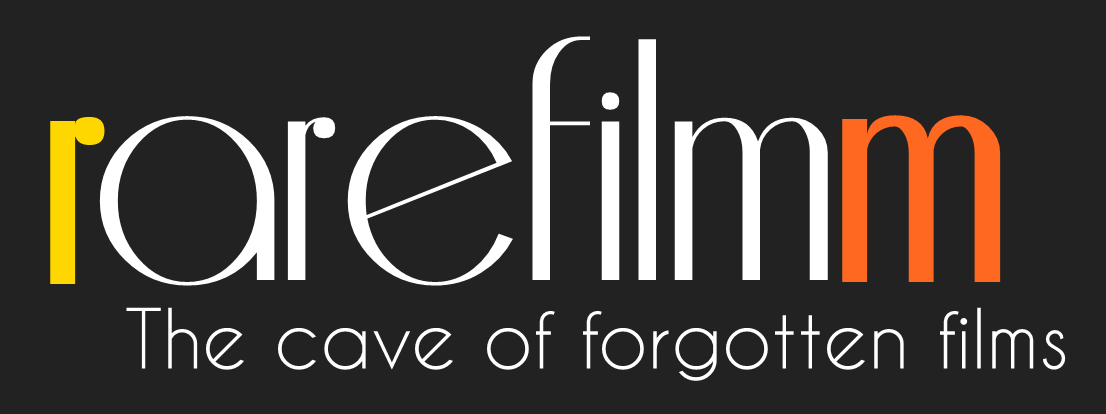“Puppeteers are the nightmares of markets and stalls. They don’t ask for two kilos of beans, rather they select from 200 kg according to colour and size,” wrote the director in revealing some back-stage secrets to the filmmaking in October 1975. This brilliantly executed animation played with individual beans documents the world of this planet’s residents from the point of view of an extra-terrestrial being, who is witness to the brutal suppression of a workers’ strike by the police. The film is another stop motion object animation hallmarked by Ottó Foky and based on screenplays by József Nepp. The film was shortlisted for an Academy Award for Best Animated Short Film in 1978.
Tag: HUNGARY
Somewhere outside of time as we understand it is the timeless realm known as Eternity, where a group of highly trained technicians drawn from all the Centuries under their control, have manipulated the Earth’s history to transform it into what they believe to be a perfect world, free from every disaster and hardship. But when Senior Computer Twissel sends a young Technician named Harlan to study the 480th Century in the company of a seductive woman, Harlan begins to suspect that Twissel may have some secret plan of his own which has something to do with the forbidden centuries before time travel was invented…
Directed by Cannes-award winner Sándor Reisenbüchler, Holdmese is a psychedelic animated short that mixes pulp sci-fi, Tibetan mysticism and Slavic folklore. Two scientists propose that the moon is an ancient, derelict spaceship, and go on a journey through deep space to discover its origins. The influence of Stanley Kubrick’s 2001 is clear, but Reisenbüchler’s collage technique is distinctively- and irreverently- his own. Holdmese stands as a brilliant forgotten work of Communist animation.
An almost psychedelically luminous invocation of the Battle of Borodino set to Tchaikovsky’s 1812 Overture (1880). As Reisenbüchler put it: the film deals with “self-destruction in the power struggle for the conquest of empires”.
This ecologically-minded film builds on the contrasts of idyllic, untouched nature and small communities versus the world of rigid, faceless, gigantic machine monstrosities. This film that was created at the time of mass demonstrations against the levelling of Transylvanian villages and the barrage system on the Danube in the late 1980s was inspired by the novel Farewell to Matyora by Valentin Rasputin about a Siberian village flooded because of the construction of a hydroelectric power station.
Sándor Reisenbüchler’s animated film of the Ferenc Juhász poem is a magical mythological tale featuring numerous folklore symbols, in which due to the horrors of war and the evil of man the Sun and the Moon vanished from the sky. This visionary film singing of the universal struggle between fairy tale Good and Evil was considered by the director a sort of ars poetica. The film was shortlisted for an Academy Award for Best Animated Short Film in 1969.
Fifth short film directed by István Szabó. It was presented at the Cannes Film Festival, where it won a Special Award. There is practically no argument, because it is nothing more than an act of love for Cecília Esztergályos, who at that time was Szabó’s girlfriend.
A prisoner attempts to have one forget the bleakness of prison existence through coloured crayon sketches drawn on the wall. However, the prison officer does not hesitate to stamp out even this small pleasure. Adapted from a press caricature, titled “Művészek/Artists” by György Várnai, which was published in 1966 in the popular satirical weekly “Ludas Matyi/Mattie the Gooseboy”.
